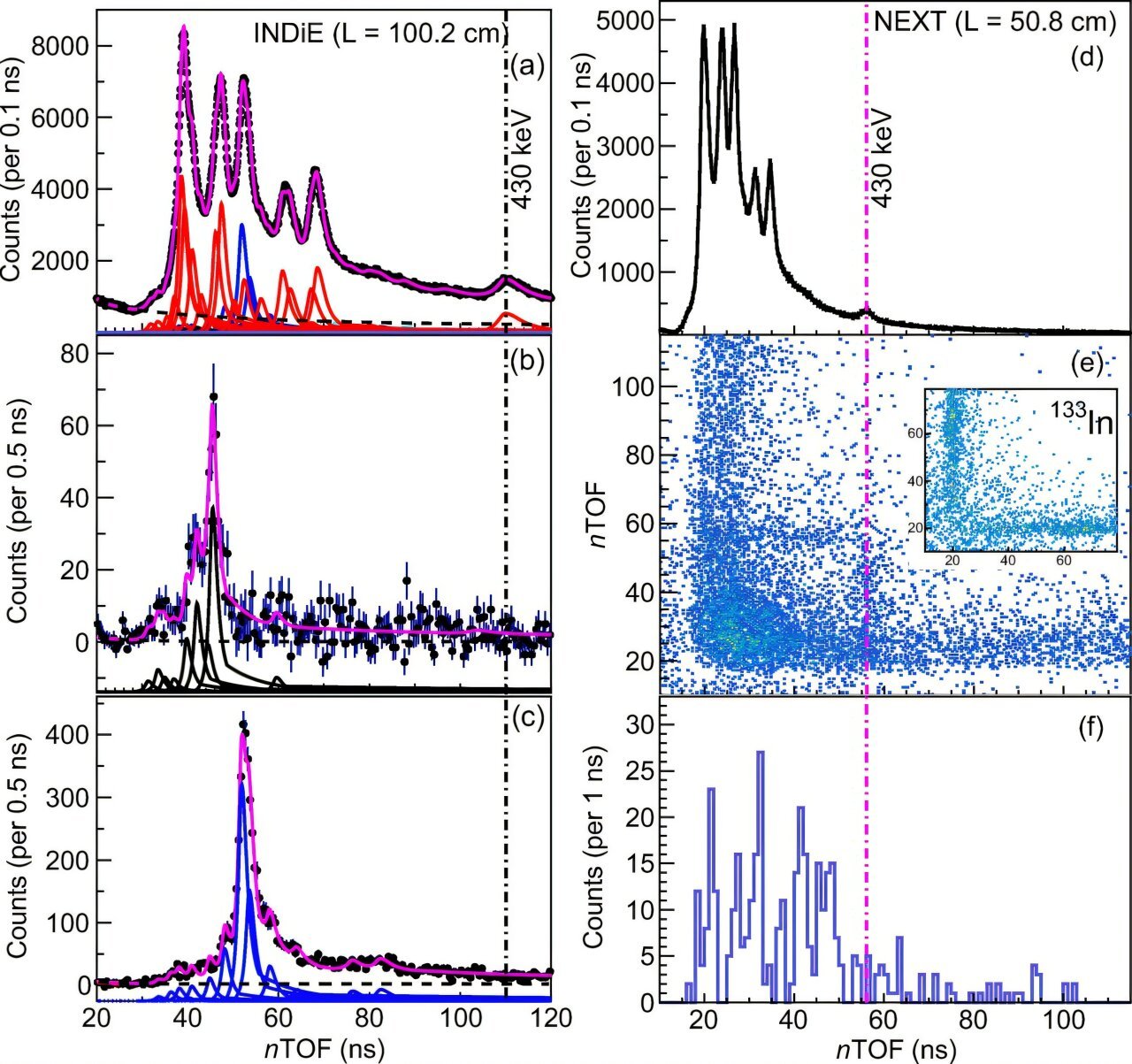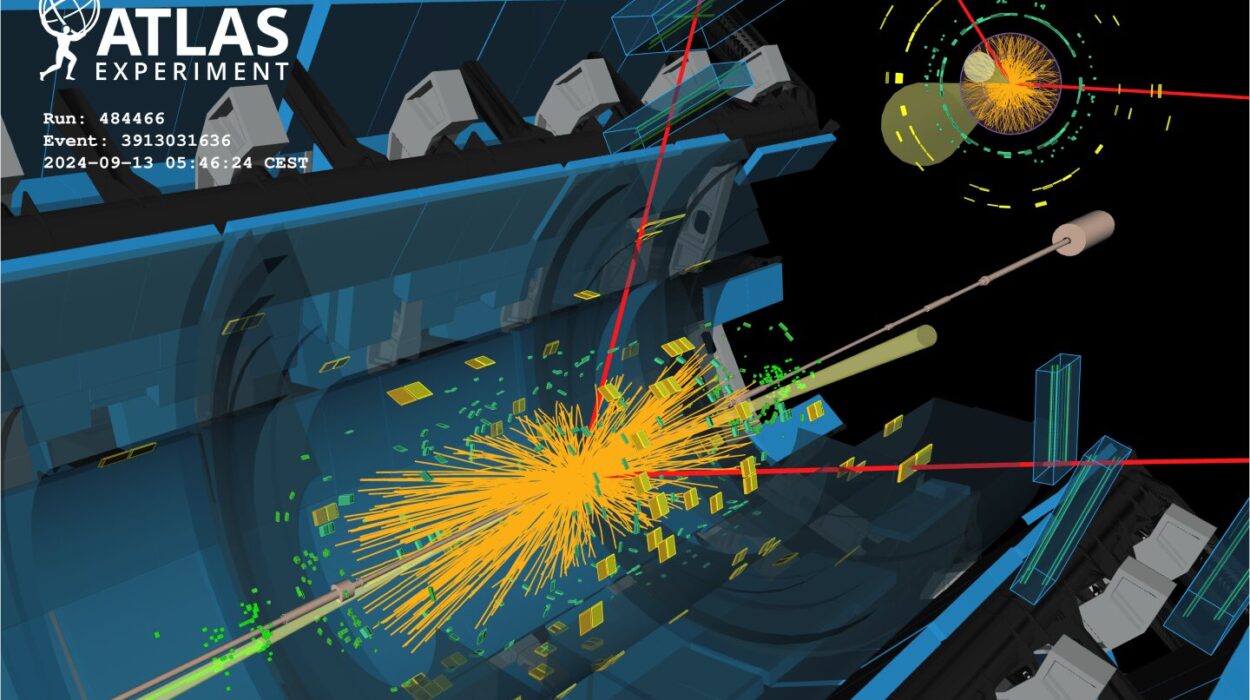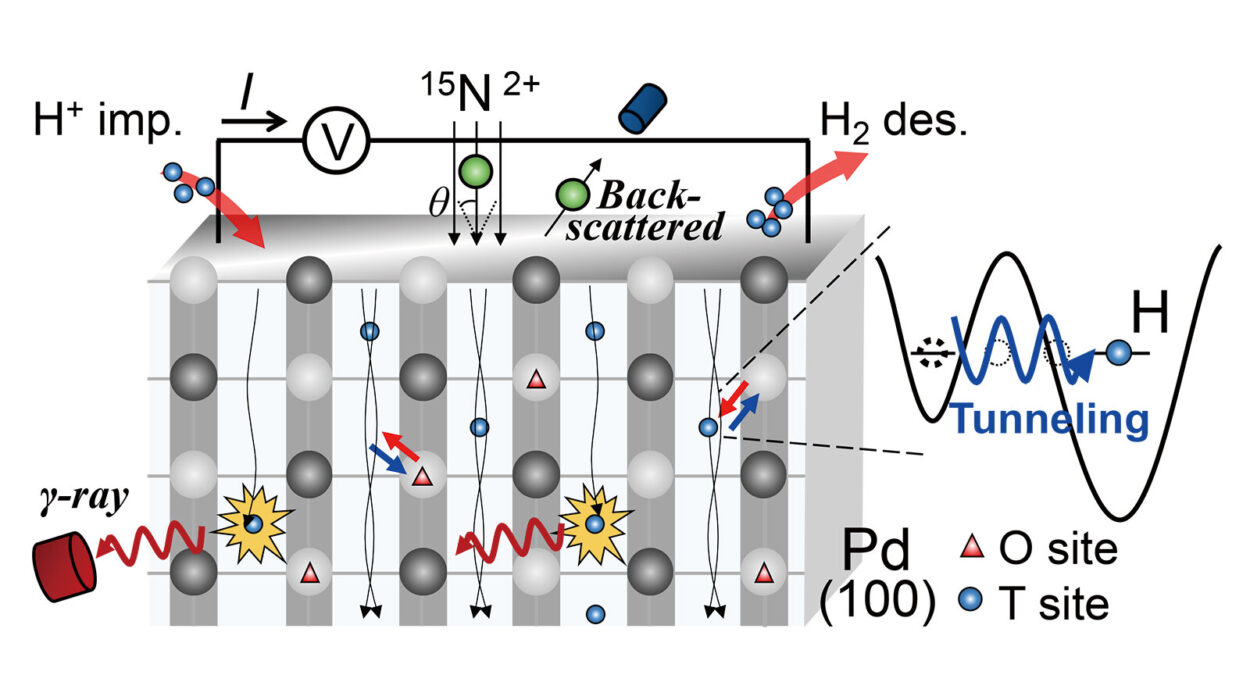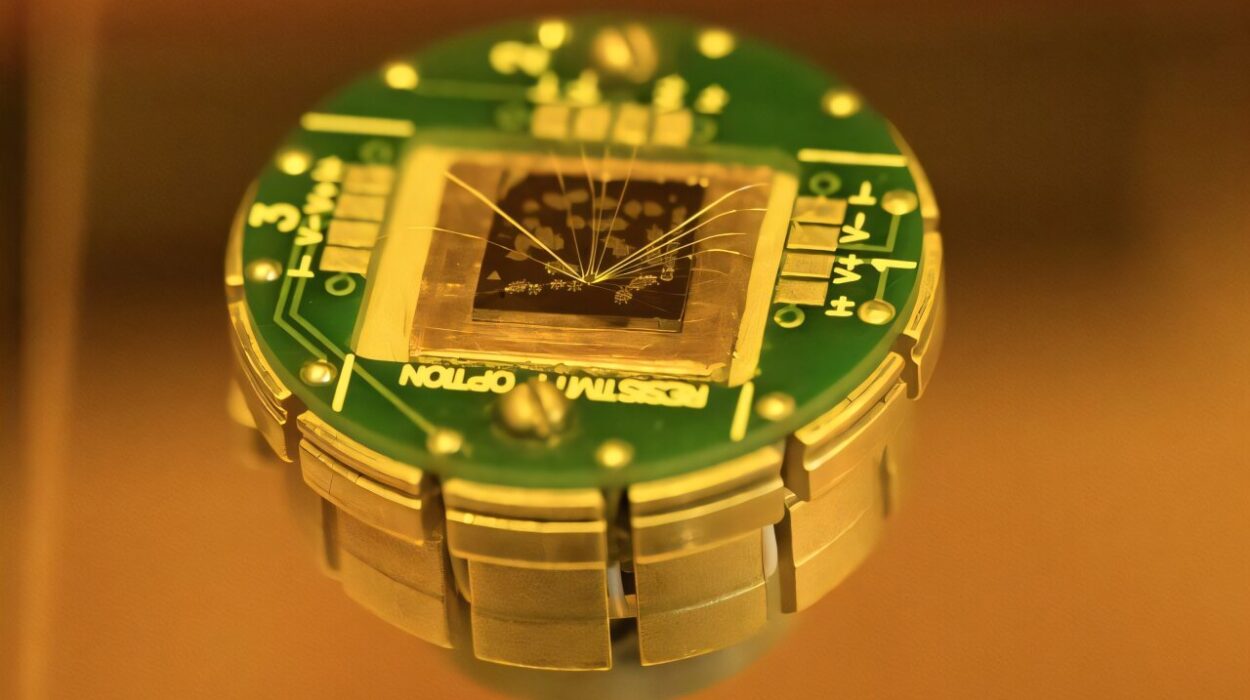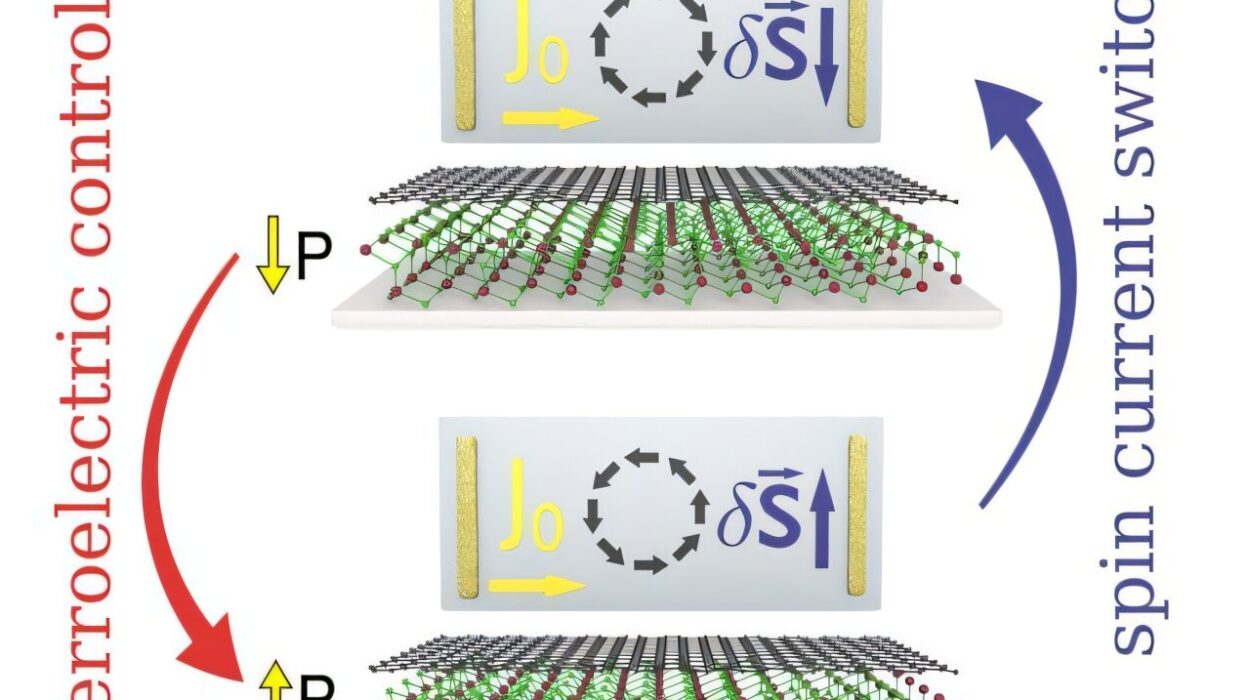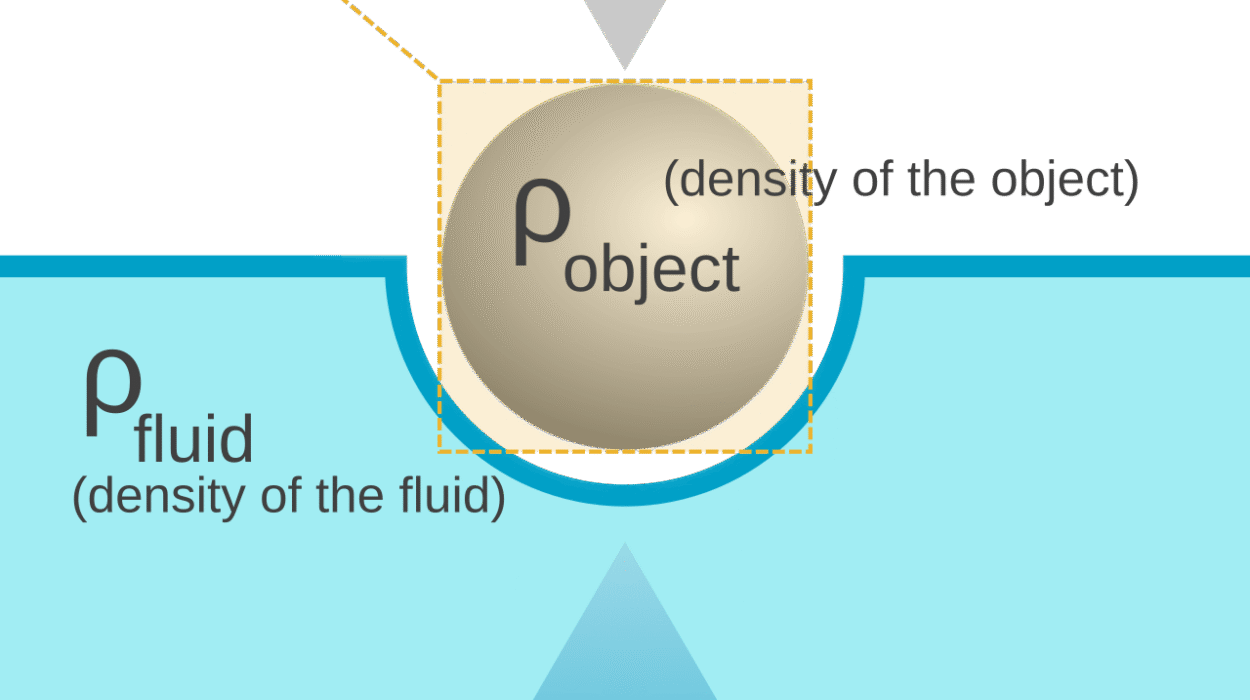You cannot wear gold unless a nucleus somewhere, some time, decayed. That fact alone should alter the way we look at jewelry, coins, electronic circuits, or wedding rings. Gold is not a thing that Earth invented. It is a relic of cosmic violence. It is born in the r-process — a nuclear gauntlet run inside collapsing stars and colliding neutron stars — where atomic nuclei are battered with neutrons until they are swollen, unstable, and forced to fall back into stability through radioactive decay. For years, physicists knew that this process must occur, but many of its internal steps remained invisible, theoretical, and uncertain. Now, researchers from the University of Tennessee, working with international collaborators at CERN, have delivered a rare breakthrough. In one paper, they reported three discoveries that clarify how unstable, short-lived nuclei behave when they approach the r-process path that makes gold and its heavy siblings.
Their findings do not make gold more common. They make it more miraculous by revealing how unlikely its manufacture truly is.
The work appears in Physical Review Letters — a journal reserved for results that alter the foundation of how a field thinks.
Heavy Elements as Artifacts of Catastrophe
Gold and platinum do not come from gentle physics. They are minted in terror: in supernovae, in neutron star collisions, in stellar detonations powerful enough to tear atoms apart and weld them anew. These sites drive the rapid neutron-capture process. A nucleus in that furnace absorbs neutrons faster than it can decay, growing heavier and heavier until it eventually snaps back toward stability by emitting particles — especially through beta decay followed by the ejection of one or two neutrons.
That “two-neutron emission” step sounds minor on paper, but its details decide which isotopes survive long enough to become gold instead of something else. The problem has been that the nuclei that perform this trick are extreme. They do not exist on Earth. They must be synthesized at accelerators in tiny quantities and measured before they vanish.
This is where Tennessee’s group, working at the ISOLDE facility at CERN, entered the puzzle.
Bottling Something That Shouldn’t Stay Still
The team began with indium-134, an exotic nucleus perched far from stability. Making enough of it to study is already an engineering victory. ISOLDE not only produced sufficient amounts but used laser separation to ensure the indium was free from impostor atoms. Once indium-134 decayed, its daughter nuclei — excited states of tin-134, tin-133, and tin-132 — held clues to the r-process.
But neutrons, unlike charged particles, do not reveal themselves easily. They bounce. They vanish into material. They do not carry charge or leave a clean trail. Distinguishing one neutron from two is like trying to count raindrops by listening to the noise on a metal roof.
Tennessee researchers solved that obstacle with a neutron detector built in-house. With it, they made the first measurement of neutron energies for beta-delayed two-neutron emission in a nucleus along the r-process path. This is not a refinement — it is a first sighting. It establishes the energy distribution, which can now constrain the models that describe how stars fold neutrons into heavy elements.
That single measurement opens a new subfield. But it was only their first discovery.
When Tin “Remembers” Its Parent
The second discovery rewrites an expectation that nuclear physicists have carried for decades. The traditional view was that once a nucleus is born in an excited state — like the tin-133 formed after the indium decays — it “boils off” excess neutrons until it forgets how it was created. It becomes, in metaphor, an amnesiac — a nucleus without memory of its origin.
That belief is now wounded. Tennessee’s detectors revealed a long-sought single-particle neutron state in tin-133 — an intermediate stop in the two-neutron emission process. One could think of it as a shadow left by indium in the tin, a structural remembrance that should not, by earlier logic, still be visible.
The tin, in other words, does not forget.
That matters because it forces theorists to refine how they predict neutron emissions. The new state completes the catalogue of fundamental excitations in tin-133, closing a chapter that experimentalists had been trying to finish for two decades.
When Statistics Break
The team’s third discovery sounds subtle but changes the interpretive ground. They observed a non-statistical population of the newly found state. That means the nucleus should have behaved like “split-pea soup” — energy distributed across many possible microstates — but in this experiment, it refused to smear out. It followed a clean path. The old statistical expectations bent.
When models built on statistical assumptions break, it means something is wrong farther up the theoretical scaffold. The farther physicists push toward exotic nuclei such as those on the road to elements like tennessine, the more the old simplifications fail. Many of the models that drive astrophysical simulations of r-process nucleosynthesis will need to be re-tuned.
This is not an inconvenience; this is fuel. Science evolves by discovering exactly where previous pictures fracture.
Why Any of This Matters to People Who Will Never Visit CERN
Most of the heavy elements in your body were cooked in dying stars before the Sun existed. The iron in your blood is ancestral to supernovae. The iodine in your thyroid is ancient ash from stellar cores. The gold on a ring is a catastrophe fossil — an heirloom from a collision your species never saw.
Knowing how those atoms came to be is not idle curiosity. It shapes how we simulate stars, how we understand cosmic chemistry, how we infer the enrichment history of galaxies, how we model neutron star mergers that birth gravitational waves, how we predict which exotic isotopes laboratories should search for next. It sharpens the theoretical machinery that drives frontier physics.
And it does something quieter. It replaces mythic origin stories with empirical ones — and those empirical ones are no less dramatic.
Curiosity Is a Discipline, Not a Luxury
Graduate student Peter Dyszel, first author of the paper, did not simply look at data. He constructed detector frames, wired electronics, configured beta counters, built acquisition software, debugged timing, and then interpreted the signatures of invisible particles spawned from nuclei that lived for milliseconds. His effort was one segment of a dozen-person chain, and that chain was only one of many chains feeding into a collider complex on another continent.
Work of this kind does not add to consumer devices. It does not produce medicine tomorrow. It does not mint profit. It does something more radical — it pushes the boundary between ignorance and understanding by one quantifiable step. Scientific progress is not made by demand for usefulness but by refusal to accept darkness where there could be light.
What Tennessee’s group did is simple to state and hard to overstate: they reached into a transient regime of the nuclear chart — a regime we cannot touch in nature — and coaxed reliable descriptions out of matter that vanishes almost instantly. In doing so, they rewrote constraints on the very process that manufactures gold, platinum, and other heavy elements in the universe.
If gold is the heirloom of stellar death, these measurements are the heirlooms of human curiosity — proof that we do not merely inherit the products of the cosmos; we reconstruct its instructions.
More information: P. Dyszel et al, First 𝛽-Delayed Two-Neutron Spectroscopy of the 𝑟-Process Nucleus 134In and Observation of the 𝑖13/2 Single-Particle Neutron State in 133Sn , Physical Review Letters (2025). DOI: 10.1103/l24v-5m31
